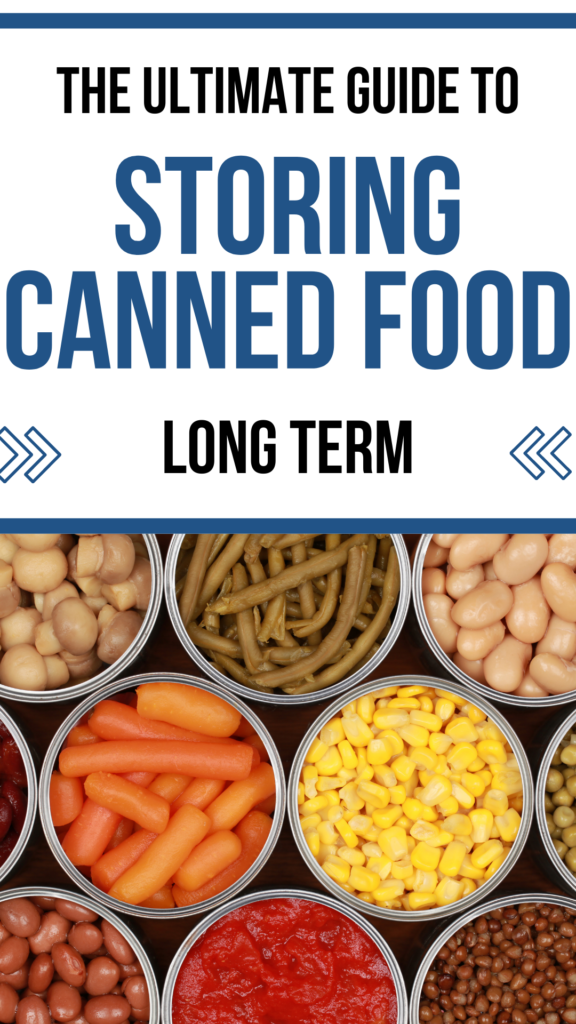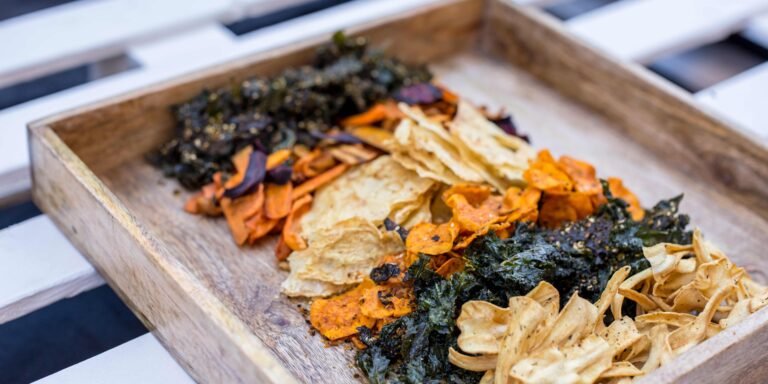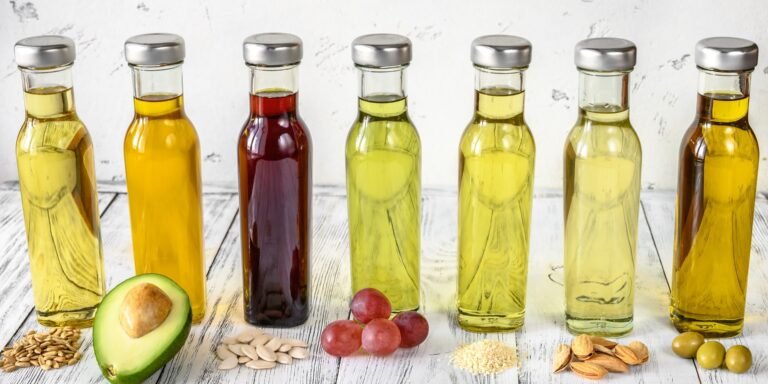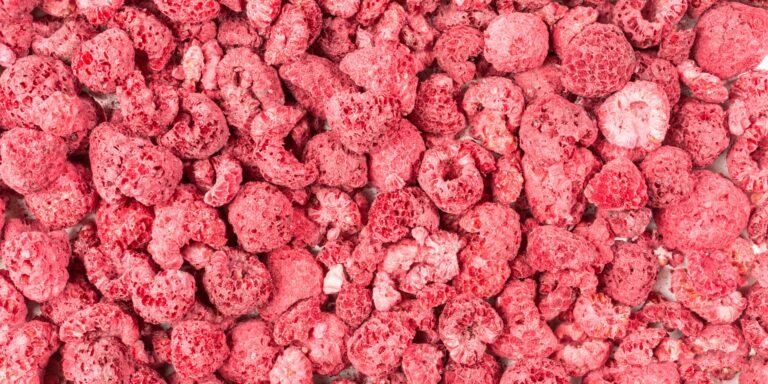Ultimate Guide To Storing Canned foods In An Emergency
This post may contain affiliate links, full disclosure here.
Do you have a stored jar of canned food in the back of the pantry? Check out any suspect containers and find out the best methods and ideal conditions for storing canned foods for emergencies.
Canned meals have been stored for hundreds of years as a way to be prepared for any form of disaster. The process of canning was invented by Nicolas Appert, known as “the father of canning,” in 1810 as a means for the French government to properly feed its troops.
During the 1960s, when the prospect of nuclear war was a very real possibility, canned food was the major source of emergency food storage for both civilians and governments.
Canning food for an emergency is still a viable option today whether use home food preservation methods or buy your canned food at the grocery store.
Canned food storage is far more complicated than just piling cans at the back of the cabinet for later use. Expiration dates, accurate food labeling, and simple access are all factors to consider when planning your storage strategy. To get the best results, store canned products in cool, dark settings away from direct sunlight.
To get the most flavor, quality, and nutrients from canned products, store them appropriately. After you’ve spent hours planting, harvesting, prepping, and canning your fresh food, it’s vital to take a few more minutes to properly store your bounty.
Homesteaders and gardeners have a lot on their plates. I understand! So, after hearing those jars ping, you’d like to finish the canning process and go on to something bigger and better, right?
If you don’t take a few extra minutes to prepare those jars of delectable food for storage, the flavor, color, and quality of the food may suffer. So, let’s look at the finest manner to store your treasures.
Why do canned goods stay safe so long?
Canned foods have a long storage life which is why storing canned food is a great way to expand your emergency food storage solution.
Microorganisms are destroyed and enzymes are inactivated when the cans are heated. An airtight vacuum seal forms when the food cools, preventing any new germs from entering the jar or container.
Even with processing, the food won’t last indefinitely. This is because cans (and glass jar lids) can rust over time, allowing food to deteriorate.
Of course, once you open a can, you must immediately refrigerate the contents to prevent bacteria from growing.
Storing Canned Foods Pros and Cons
There are advantages and disadvantages to using canned products for this reason, just like any other form of emergency food source. The essential items to consider are listed below.
Pros
- Inexpensive when compared to many alternatives.
- A wide variety of food is available canned.
- Many items can be consumed directly from the can, without a need to cook.
- An empty tin can may be used for a variety of other purposes (i.e. to cook with).
- Usually contains a considerable amount of water in the can which can be a positive if hydration is an issue.
- Available just about everywhere groceries are sold.
Cons
- Heavy and sometimes awkward to carry in a pack.
- Shorter shelf life than many alternatives (see below for more information on shelf life).
- A can opener is oftentimes required.
While preserving canned goods for an emergency is a smart idea, they usually contain a lot of water (approximately 35 percent of their weight is water), making them quite heavy.
If you need to be mobile and carry your meals in a backpack, canned items are a terrible choice. Canned goods, on the other hand, can be a smart option if you expect to stay inside your home in an emergency. They are great for storing in a root cellar and don’t require a vacuum seal to stay fresh.
Shelf Life Of Canned Foods
The best quality canned foods often stay safe to eat for a long time. While producers may list a shelf life of one to five years on their products, this is just to ensure that the canned food has the same texture and taste as when it was made.
Canned items are generally edible and healthy much past their expiration dates; however, they may not taste as delicious. For best results, it’s always a good idea to rotate your stockpile and get rid of the oldest cans so you always have the freshest options available.
| Type of Canned Food | Examples | Typical Shelf Life |
|---|---|---|
| High-Acid Foods | juices, fruits, pickles, vinegar-based products | 1 Year |
| Low-Acid Foods | meat, vegetables, spaghetti, potatoes | 2 – 5 Years |
| Home Canned Foods | All types | 1 Year |
Canned foods have a very long shelf life, even after the marked expiration date has passed as long as the condition of the can is still ok. The National Food Processors Association (NFPA) took samples from canned products found on a steamboat that sank in 1865, nearly 100 years ago, according to an article published by the US Food and Drug Administration (FDA).
The samples were found to be perfectly safe to consume. The texture, color, nutritional content, and even smell of the food had all deteriorated dramatically during this time, but it was determined that the food was still safe.
The study found that large amounts of vitamin C and A were lost, but protein and calcium levels remained high, indicating that the food was nutritionally valuable.
Around the same time, NFPA scientists examined a 40-year-old can of corn and discovered that it was not only safe to consume and had retained much of its nutritional value, but also “looked and smelled like recently canned corn.”
Canned food has an extremely extended shelf life, according to multiple studies. Much longer than the expiration dates indicated on the packaging. While the flavor and texture of the food may deteriorate, the majority of the nutritional value will be preserved for many decades beyond what the makers print on the cans.
The canned products’ storage conditions will have a considerable impact on how well the food holds up over time.
Storing Canned Food – the Calculations
- Average Cost Per Ounce Prepared: $0.11/oz
- Average Cost Per Ounce: $0.07/oz
- Approximate Number of Days of Survival per $100: 29 Days
- Approximate Cost Per Day of Survival: $3.50
- Shelf Life: 1 – 4 Years
- Typical Storage Temperature: Room temperature (65-72°F)
- Ideal Storage Temperature: As cool as possible but above freezing
A “day of survival” is defined as 50 ounces of food consumed in one day. This should be enough to keep you on track for a daily calorie intake of 2000.
The “Average Cost Per Ounce Prepared” is the cost of the meal after it has been properly prepared. The “Average Cost Per Ounce” refers to the average price per ounce of canned items in their shelf-stable canned state.
The majority of a canned food product is water, which is normally drained out during processing. This is why the price per ounce goes up once it’s prepared.
Where To Store Canned Foods
Place your canned foods in a cold, dark, and dry location. Because moisture can cause the cans to rust, don’t keep them in a wet basement. Moisture may erode lids and break seals in glass jars. Any of this might result in food deterioration.
Keep the temperature between 50 and 70 degrees Fahrenheit. Make sure the cans or jars don’t freeze, and that they don’t get too hot.
The nutritional content of cans is depleted when they are stored at temperatures over 75 degrees F for lengthy periods of time. When temperatures exceed 100 degrees F, the danger of spoiling increases dramatically. (In reality, canned goods made for tropical locations are expressly designed to withstand the high temperatures.)
As a result, keep canned goods away from heat sources such as a stove or furnace, and out of direct sunlight. Wrap them in the newspaper, tuck them in boxes, and cover them with blankets if you need to keep them somewhere that could get too cold.
Rotating Canned Foods
The easiest method to have a large stock of canned foods for use in any emergency is to rotate through them on a regular basis and keep them in a dry place away from direct sunlight.
There are a variety of canned food racks available to assist you with this. You may ensure that you are always rotating through your supply by pulling from the front of the rack and putting newly acquired cans in the rear of the storage area. This will ensure that your food supply is always as fresh as possible, even if you’re doing home canning.
It’s critical to develop the habit of preserving canned goods that your family consumes on a regular basis. It’s pointless to stock up on canned anchovies if your family never consumes them, and it just takes up room in your storage space and costs you more at the grocery store.
You will never rotate through your supplies, and in the event of a catastrophic disaster, you will have a stockpile of food that your family will refuse to eat. As a result, make sure you’re storing and rotating what you eat.
How To Know If Canned Food Is Spoiled
Keep an eye out for the following warning signs of spoilage as an important safety measure on your cans of food:
- Bulging cans and jars. As food rots and mold develops, it releases a gas, which causes a bulge.
- Cans that leak. If a can leak, it implies that part of it has been exposed to air, potentially contaminating the contents.
- Cans that have been badly damaged. (For further information, see below.)
- Food with a foul odor. Any stench, from a faintly odd odor to a repulsive odor, indicates that the food has been polluted.
- You see mold when the lid is removed. The whole contents are not safe to consume if mold spores are visible on the inside of the lid or around the rim.
If you want to know if something is safe to eat, don’t taste it. Botulism spores, for example, can cause death even in tiny amounts.
The Best Shelving for Your Canned Food
To avoid finding your canned goods in a shattered mess on the floor, the best way is to store them on a solid shelf in a cool place.
Particleboard and MDF boards are not meant to support large weights and will distort and crack under pressure. For the greatest results, use shelves built of solid wood planks with a central base.
Metal or plastic shelves can also be utilized if they are rated to support the weight you want to put on them.
Before buying shelving units or filling them with jars, find out how much weight they can hold and weigh the jars to determine whether you’ll be able to remain inside those restrictions.
You can always utilize your kitchen cabinets if you have the space or use a canned food storage organizer or lazy susans (sometimes can be found at the dollar store) on your shelving as a few more food storage ideas.
Ultimate Guide To Storing Canned Foods In An Emergency Bottom Line
Aside from the fact that they are quite heavy due to their high water content, they are nearly the ideal food to have on hand for your family in an emergency.
If you choose to store a large number of canned foods when preparing for the threat of natural disaster, make sure they are kept in a temperature-controlled setting (ideally somewhere cool), and rotate them as much as possible to keep them fresh. As a supplement to your canned food supply, I recommend adding some dried or dry foods to your long-term food storage.
There are better solutions out there, such as meals ready to eat (MREs) or freeze-dried foods, if you plan to use canned goods in a backpack or any other mobile fashion.







![How To Create An Emergency Food Stash For A Family Of 4 [With Example]](https://preparinginthecity.com/wp-content/uploads/2021/08/Example-Of-1-Year-Supply-of-Food-For-Family-Of-4-768x384.jpg)

